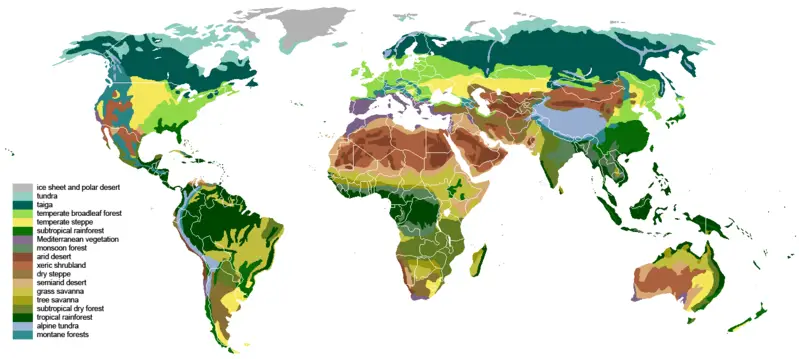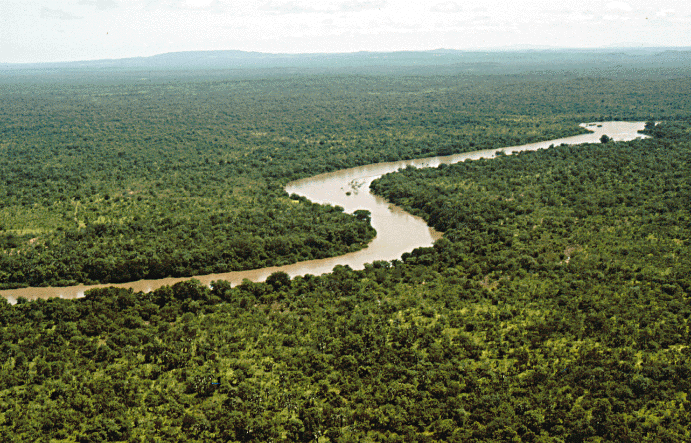When we look at the Earth, we often think of it as a collection of places – cities, states, and countries. Another way to look at it is to think of it in terms of biomes and ecosystems.

The whole surface of the Earth is a series of connected and interconnected biomes and ecosystems.
What is a Biome?
A biome is a region of the world that has similar plants, animals, and climate conditions.
There are biomes on the land and in the water. Land biomes are called terrestrial biomes. Water biomes are called aquatic biomes.

Biomes obviously don’t pay attention to the borders on a map. In fact, biomes move over time. Recently, these shifts have been due to human activities.
What is an Ecosystem?
An ecosystem is a little bubble of the world – plants, animals, rocks, and the weather all affect each other.

Ecosystems have biotic and abiotic parts. Biotic parts are alive, like plants and animals. Abiotic parts are things that aren’t alive, like rocks and temperature.
What’s the Difference?
Biomes and ecosystems can sound very similar to each other, so what’s the difference? The big difference is size.
Biomes are usually larger and can contain multiple ecosystems. Ecosystems can be either large or small.
For example, one little area of the ocean may be its own ecosystem, but it is part of the larger ocean biome.